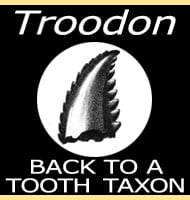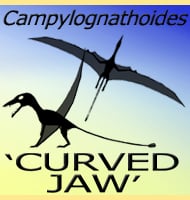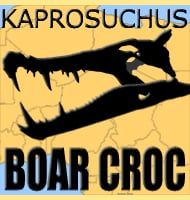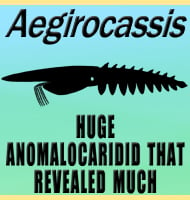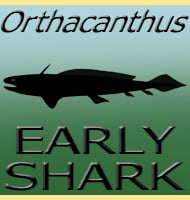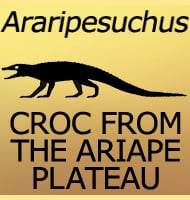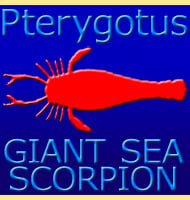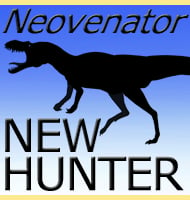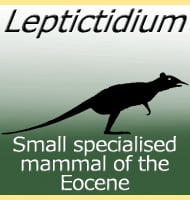In Depth
Aniksosaurus was a small coelurosaur from South America, and one that may have lived in small groups. Evidence for this comes from a bone bed of fossils that so far only contain Aniksosaurus. These however may be sub adults, which could also be interpreted as a group of young Aniksosaurus sticking together for protection, but possibly splitting up in later life. This again however raises the notion of pack hunting in dinosaurs, a controversial theory, but one that is slowly seeming more possible as more and more predator genus specific bone beds are located.
Aniksosaurus was once thought to have grown up to two meters long, but now revised estimates suggest that it may have grown somewhere between two and three meters long. As a small coelurosaur, Aniksosaurus probably hunted small vertebrates like lizards as well as smaller, possibly juvenile dinosaurs. However, if Aniksosaurus moved and hunted in groups, they could have feasibly taken on larger prey. However, even in this scenario Aniksosaurus would have had to be careful of larger predators.
Aniksosaurus is known from the Bajo Barreal Formation which means that it probably shared its habitat with hadrosaurs like Secernosaurus and sauropods like Campylodoniscus, Drusilasaura and Epachthosaurus. One predatory threat that Aniksosaurus would have to be very careful of is the abelisaur Xenotarsosaurus. Abeilsaurs were not the only other predators around in the same ecosystem as the teeth of dromaeosaurs and carcharodontosaurs are also known in this formation. The carcharodontosaurid connection is of particular interest here since the large predators Giganotosaurus and Mapusaurus are known to have been roaming South America at the same time as Aniksosaurus.
Further Reading
- Aniksosaurus darwini gen. et sp. nov., a new coelurosaurian theropod from the early Late Cretaceous of central Patagonia, Argentina, Ruben Dario Martinez and Fernando Emilio Novas - 2006. - The Behavioral Implications of a Multi-Individual Bonebed of a Small Theropod Dinosaur, L. M. Ibiricu, R. N. D. Martinez, G. A. Casal & I. A. Cerda - 2013.

